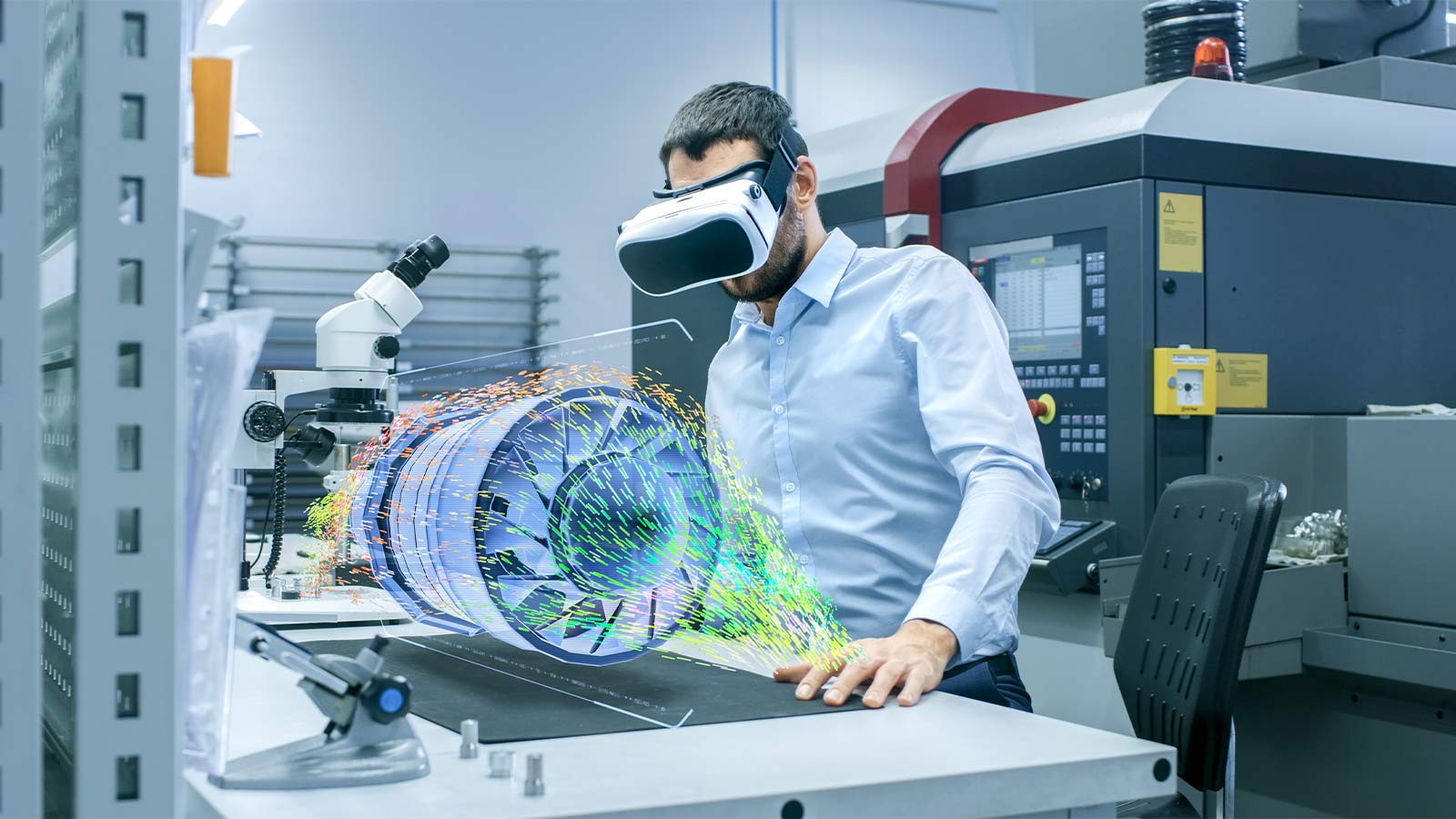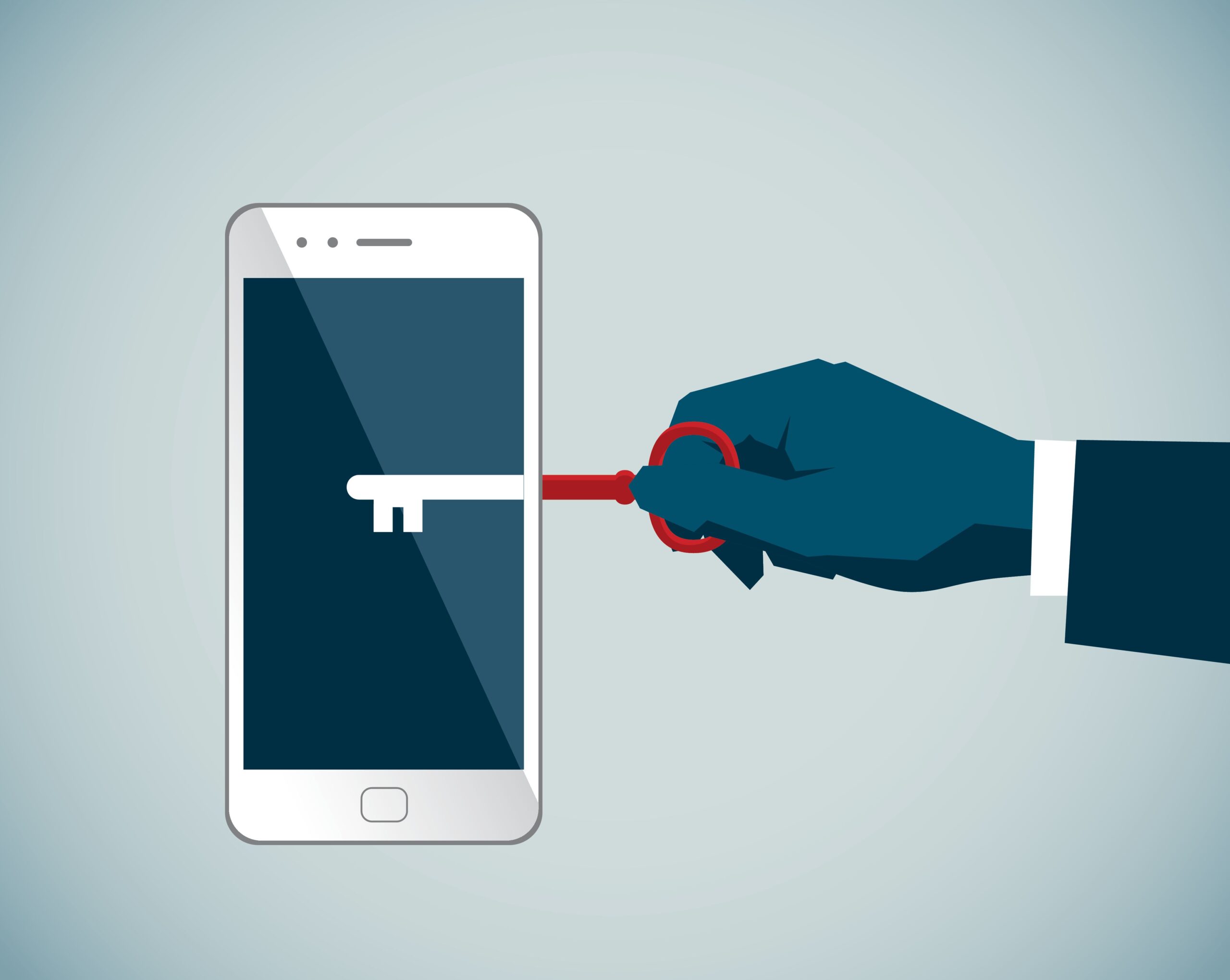Technology and engineering are two inseparable parts of science.
In the field of mechanical engineering, these two elements have converged to shape our world, be it about machines that we use daily or the huge infrastructures that support our modern lives.
At the top of this convergence is Virtual Reality which allows engineers to step into their designs, interact with components, and assess functionality in an entirely immersive way.
But, how?
Below is the answer. In this blog, we will dive into the world of mechanical engineering created with the integration of virtual reality in the industry. So, let’s begin.
The Power of Immersive Design
For a long time, all mechanical engineering professionals have relied on computer-aided design (CAD) software for modeling and visualization of their upcoming projects.
But, if you think that CAD is the only revolutionary technology that you must use, then you have to try VR.
CAD has indeed offered a digital canvas to mechanical engineers where they can sketch and simulate the designs, but VR for engineering has taken this simulation to a whole new level.
No, It is not just about creating 3D models, instead, it is all about stepping into those models.
The engineers by wearing the VR headset can find themselves standing in their own design.
And?
And, they are able to manipulate the components of that design up close.
Not only this, they can also manipulate the physical objects as per their choice along with assessing the functionality of those designs in a completely immersive way.
Consider this as an interactive journey through their creation and an incredible experience that cannot be replicated with CAD alone.
The spatial awareness and depth perception provided by VR can make a significant difference in the quality of your designs.
And, do not forget that by catching the issues early in the design phase, engineers can avoid costly mistakes that might only become apparent later in the physical prototyping or manufacturing stages.
Realistic Prototyping with VR
If engineers have to perform prototyping with the traditional methods, they have to face a series of challenges.
Not only this, prototyping in a traditional set can be time-consuming and costly too as it demands a significant amount of resources, be it material or labor.
Also, these traditional prototyping methods can be limited in their scope.
VR provides a streamlined and innovative approach, addressing these issues head-on.
It allows the engineers to create and test virtual prototypes in a digital environment. Here are the benefits of VR prototyping:
● Time and Cost Savings: The significant cost reduction in VR opens the door to more iterations and experimentation without thinking about the budget usually associated with traditional prototyping.
● Comprehensive Testing: With the integration of VR in Mechanical Engineering, the engineers can manipulate the prototypes and test them just like the physical models but with the advantage of flexibility.
Such a type of VR testing can dissect, modify, and analyze each component, ensuring a thorough examination of the design.
● Early Issue Identification: By using VR technology, engineers can identify the issues in the early stages of the process.
They can spot a problem and prevent costly modifications and delays in creation.
● Iterative Improvement: VR provides the chance to make adjustments within the virtual space where engineers can rapidly iterate and fine-tune the design.
Enhanced Training and Collaboration
The limitations of physical assessment and inefficient collaboration have always been a challenge in the field of mechanical engineering.
Think of the Complex machinery and systems, such as those found on offshore drilling rigs or space stations.
They are difficult and sometimes dangerous to physically enter and explore for the engineers.
All these limitations hamper the ability of the engineers to conduct inspections, maintenance, and collaborative problem-solving sessions.
Within the virtual world, they can team with other engineers and have an immersive walk through the complex machines and systems.
This means, that by wearing the VR headset, engineers can step inside the drilling rig, inspect it, and identify the potential issues without worrying about their safety.
Furthermore, VR bridges geographical gaps by fostering collaboration.
Different teams from different parts of the world can come together in a shared virtual space, where they can create a dynamic environment that allows efficient communication and problem-solving.
This immersive technology eliminates the barriers that traditional communication methods often impose and results in the enhancement of productivity, ultimately resulting in better-engineered solutions.
Ensuring Safety
One reason that makes Virtual Reality in engineering colleges a necessity is its promise of safety.
In mechanical engineering, safety is one of the most important concerns of the traditional approach as testing of potentially hazardous scenarios can put both engineers and the environment in danger.
Virtual reality allows engineers to safely and efficiently simulate and analyze precarious situations without exposing anyone to real-world dangers.
VR’s proactive approach not only protects lives but also prevents the environmental and financial consequences associated with them.
The Path Forward
Looking at the advantages offered by VR for mechanical engineering, we can say that the VR horizon is poised to expand.
From improving maintenance procedures to optimizing assembly processes, the potential of virtual reality mechanical engineering is vast.
Its integration into the engineering workflow is nothing but a method to enhance innovation, streamline the operation process, and drive growth.
If you are a mechanical engineer or someone who is involved in this industry, it is the correct time to explore all the exciting possibilities that VR offers to take your projects to the next level.





